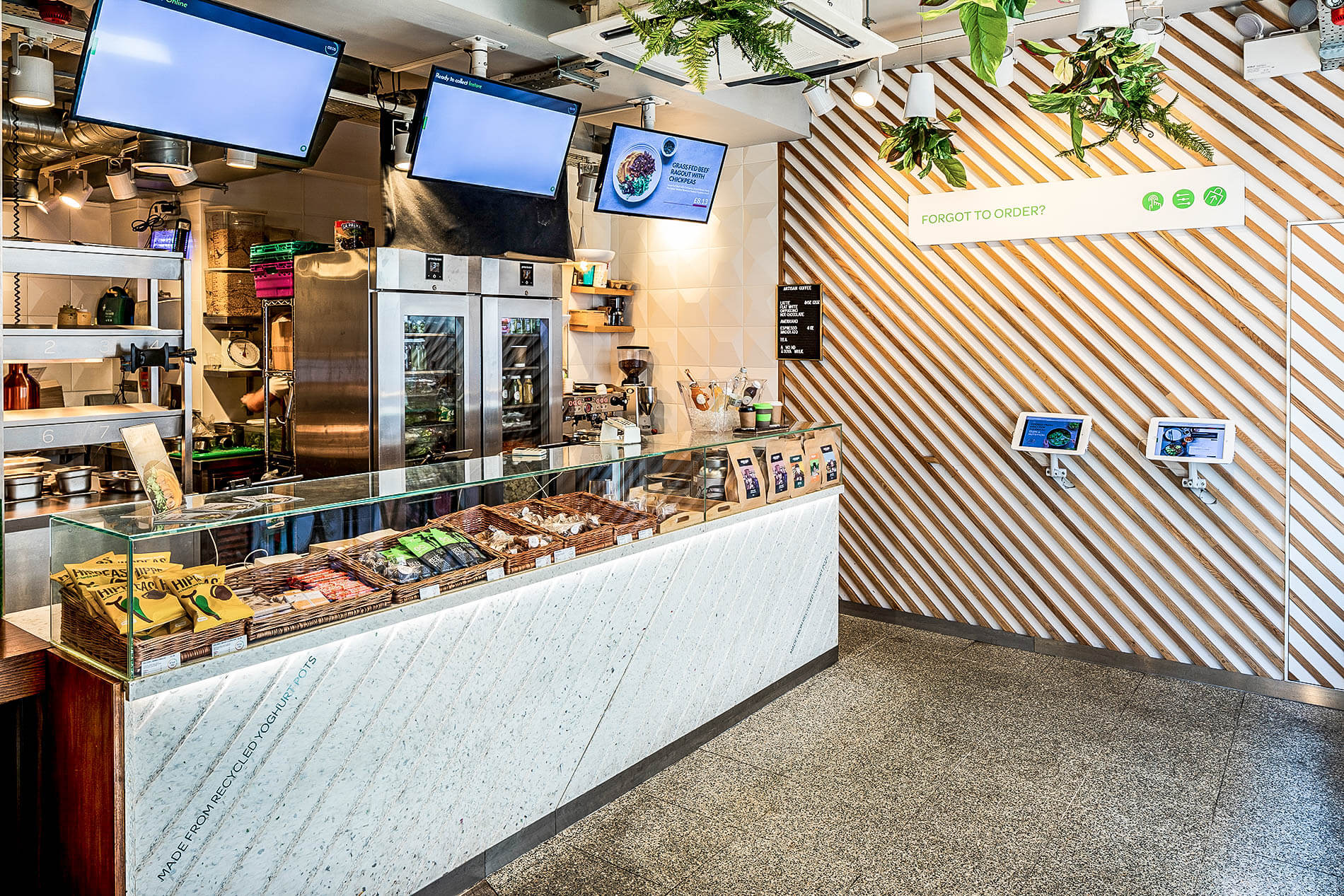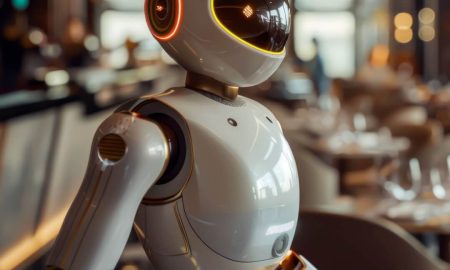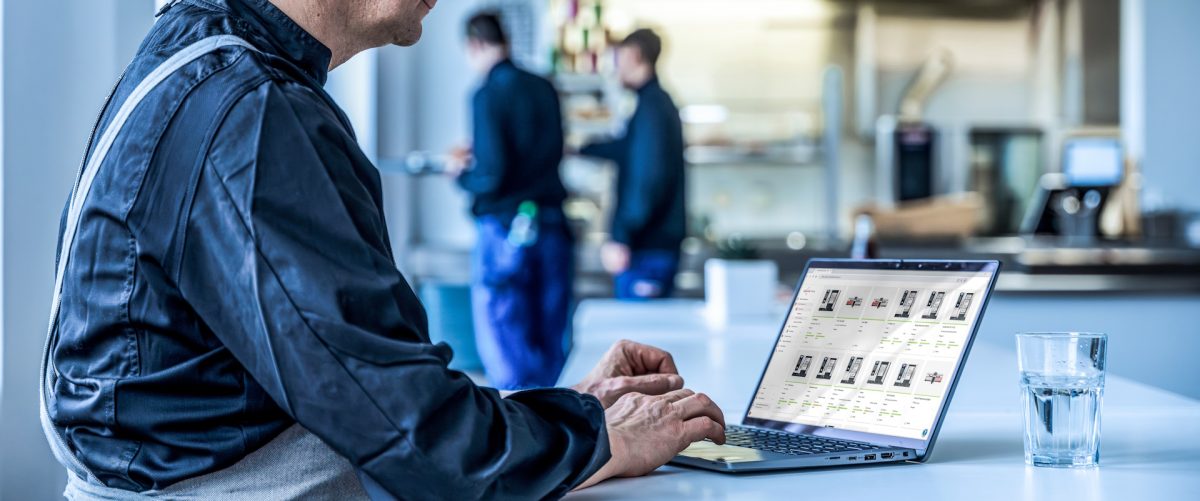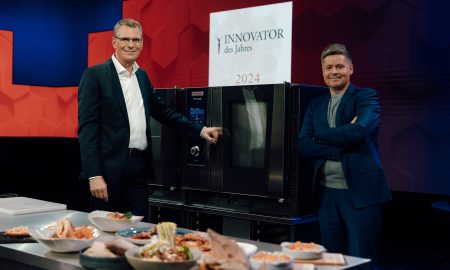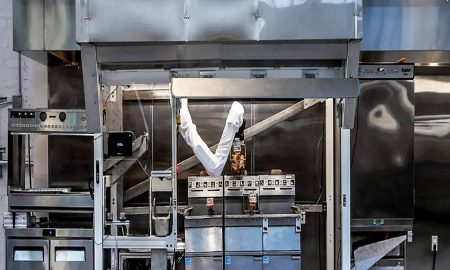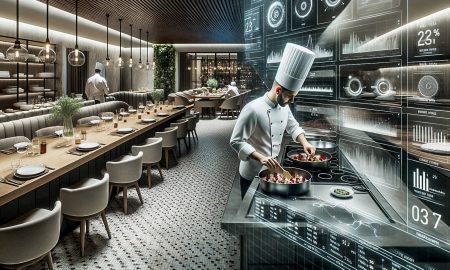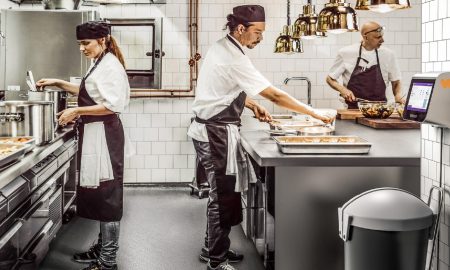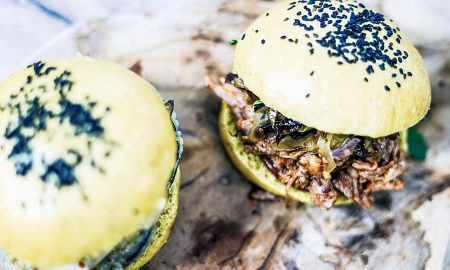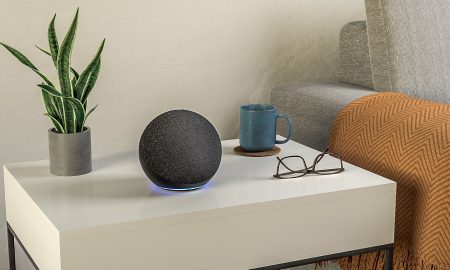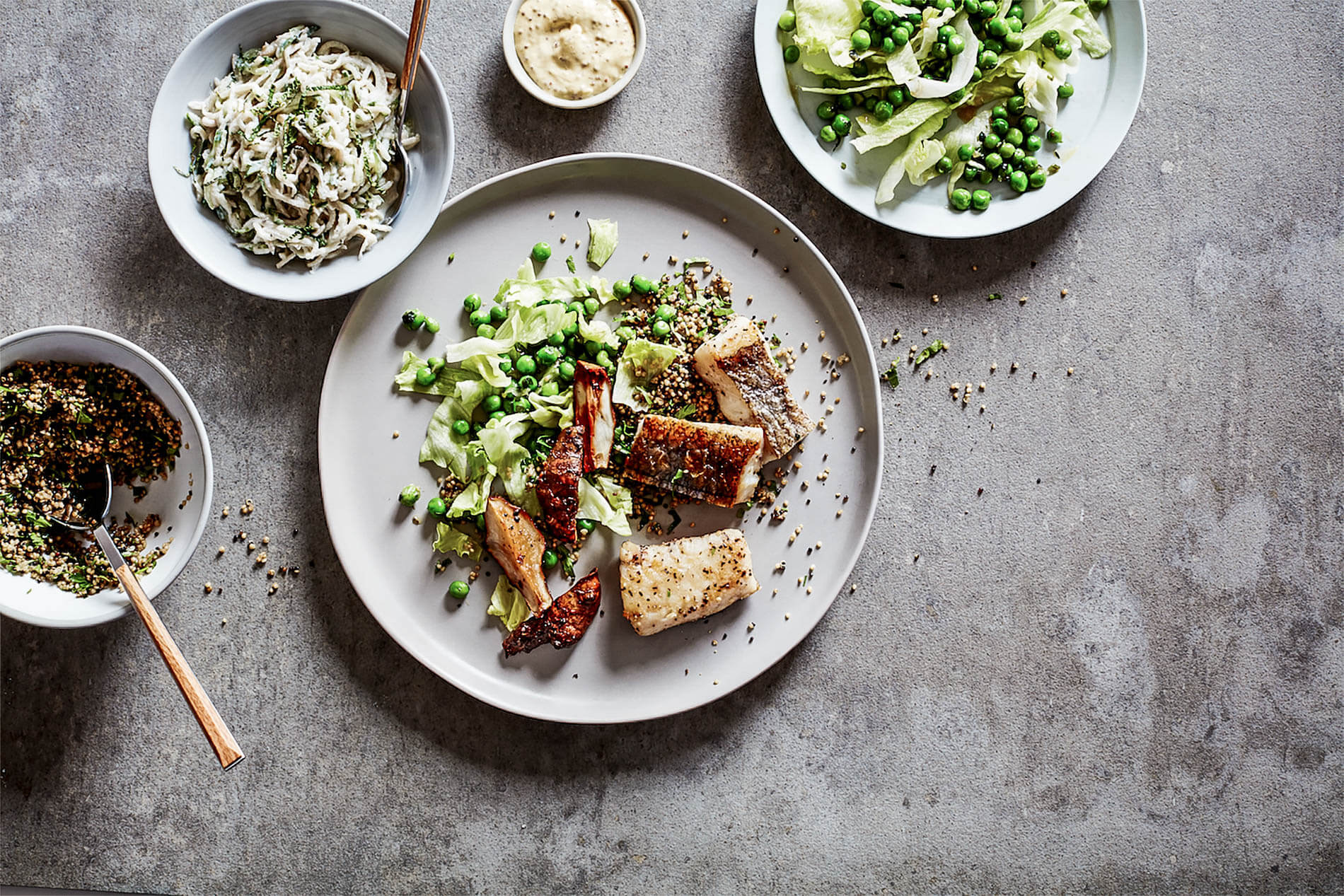
Image: Vita Mojo
‘I’ll have a tall, decaf, mocha latte with soy milk please’ – and was swiftly followed by lunch restaurants serving everything from burritos to salads to poke bowls. Diners want what they want when they want it, and according to a report by Boston Consulting Group, which says that over the next five years personalization will shift $800 million of revenue to the 15% of companies that get it right, restaurants that don’t jump on board the fast-moving personalized production line will be left behind. In 2017 London restaurant business Vita Mojo decided to take things one step further by teaming up with health and fitness genetics brand DNAFit. For the first time ever customers can order a bespoke meal that has been specially designed to match not only their individual tastes and lifestyle goals but also their personal genetic make-up.
Ultra-personalization – here’s how it works:
- Customers complete a saliva swab test, which is sent off to DNAFit for analysis.
- Within 10 business days, DNAFit generates a personal diet recommendation report outlining the customer’s response to genetic factors including macronutrient needs, saturated fat response and carbohydrate sensitivity, which is set in the context of their lifestyle goals.
- Vita Mojo takes this blueprint and, using its proprietary algorithm, creates a number of recommended meals that match the customer’s needs and goals
[For example, a suggestion for a customer recommended to follow a ‘Mediterranean macronutrient split’ could be Turkey with Broccoli, Kale & Sweet Potato Mash] - Customers log-in via the smartphone app or in-store tablets to place their personal order using the restaurant’s fully customisable menu. If they order in-store, their meal can be prepared in under five minutes.
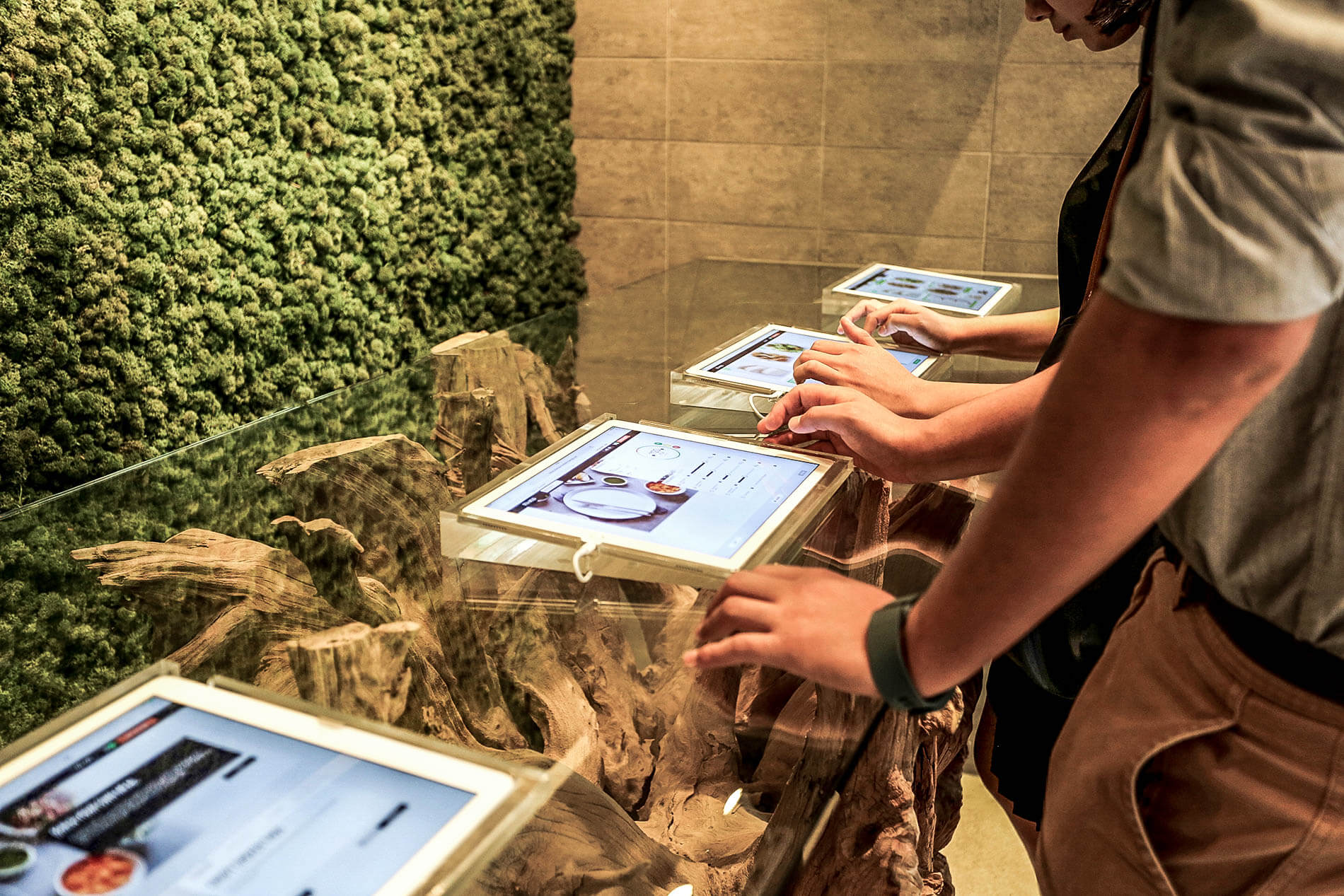
Image: Vita Mojo
Alternatively, customers who aren’t prepared to give up quite so much personal information can simply choose their desired base or protein, sides, toppings and sauces (from 9 billion possible combinations), adjust their quantities and pay by weight using the same system. Each dish option also has a fully transparent breakdown of calories, macro levels and allergens.
Vita Mojo’s head of brand development Charley Gloerfelt says the concept has been met with mixed reviews, with some customers scratching their heads about why they can’t order a regular sandwich and others unable to comprehend why the concept wasn’t introduced to the market sooner.
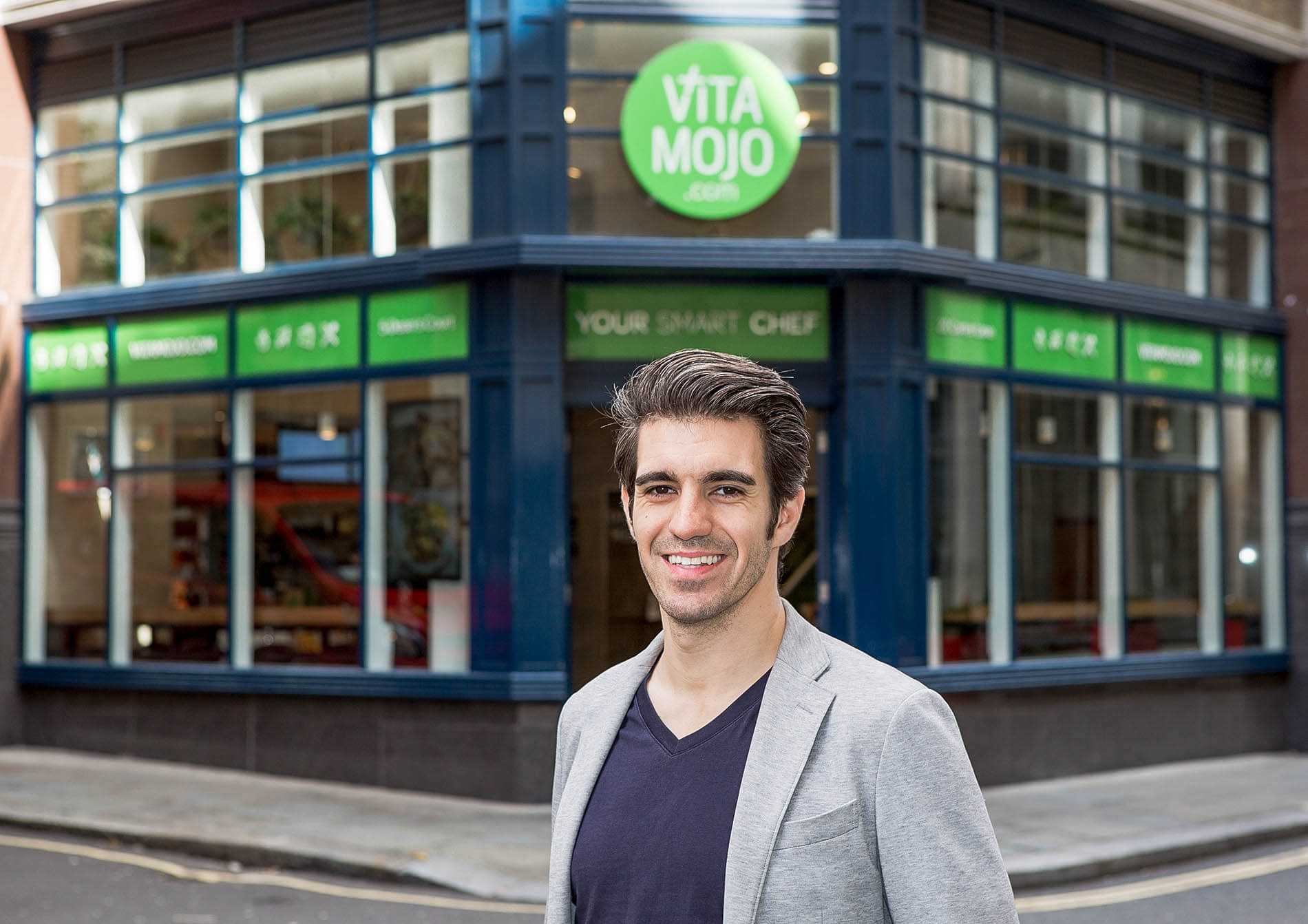
Image: Vita Mojo
The next step for the company is to grow the business by selling its modular meal-building software to other restaurants, giving them benefits including more accurate forecasting and reduced food waste. After all, if businesses know exactly which ingredients are selling in what quantities, it’s easier than ever to predict future sales and tailor recipes to customer demand.
It’s also down to Vita Mojo to continue to educate consumers about the health benefits of this ‘ultra-personalised’ approach and restaurant operators about the concept’s cost and time benefits. In cities like London and New York, some level of customization is already the norm, but it will take longer to catch on beyond the big urban centers.


